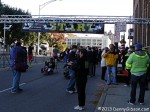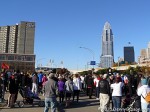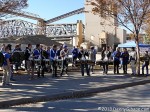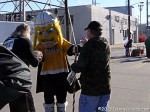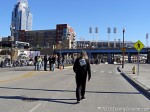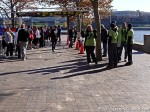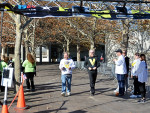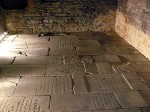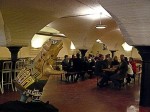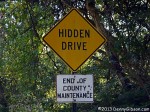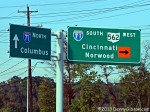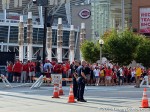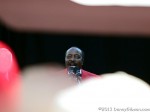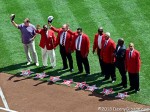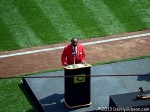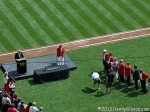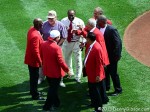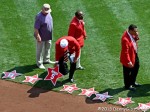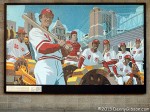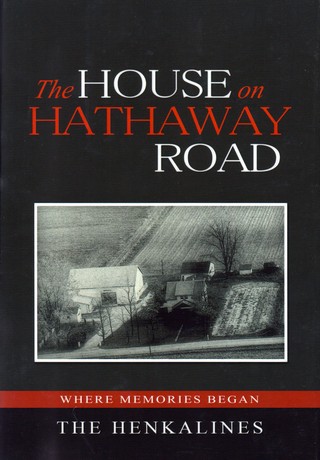 Not only did I graduate from high school smack dab in in the middle of the ’60s, it was smack dab in the middle of the Henkalines, too. There were four of them; a girl and three boys. The girl was a few years older than the boys. The oldest boy graduated a year before me and the next a year after. Though I was most familiar with the two boys closest to me in age, I knew them all. It was a small school in a small town in rural Ohio. Everybody knew everybody.
Not only did I graduate from high school smack dab in in the middle of the ’60s, it was smack dab in the middle of the Henkalines, too. There were four of them; a girl and three boys. The girl was a few years older than the boys. The oldest boy graduated a year before me and the next a year after. Though I was most familiar with the two boys closest to me in age, I knew them all. It was a small school in a small town in rural Ohio. Everybody knew everybody.
All four siblings contributed to the book. Jack, the guy just a year behind me, got things started in the 1990s by recording remembered stories on his laptop during idle time on business trips. The idea was to provide some personal history to his own children. This was a low priority and sometimes forgotten task until the death of a friend gave Jack a nudge. The friend had long maintained a journal and his widow told Jack how much that helped her and the children deal with the loss. It prompted Jack to return to his recording. In time, the brothers and sister became involved in filling in some blanks and recording their own stories and ultimately producing The House on Hathaway Road.
After introducing their parents and the house they grew up in, each of the four “kids” provides a chapter. Chapters on the final days of the parents and on the next generation follow. A member of that next generation died in an automobile accident in 2007 and there is a chapter dedicated to her. A Henkaline family tree concludes the book.
Jack’s original goal, to pass on some history to the next generation, is clearly accomplished and then some. There are certainly items in the book that will be of little interest for non-Henkalines but there are many more that provide glimpses of the 1950s and ’60s that almost anyone can enjoy. There are some truly universal memories like 24 cent gas and gathering in front of the TV to watch whatever Dad wanted to watch. The Henkalines even include a chapter titled “Nostalgia” with pictures of things that most people of a certain age will remember. Things like skate keys, TV test patterns, and Burma Shave signs. Other memories might not be exactly universal unless you lived in “the country” in the Midwest. In that case, things like chicks in the mail, laundry day with a wringer washer and “on line” drying, party line telephones, and all-purpose aprons might sound familiar.
One of the stories that Jerry (the guy a year ahead of me) tells might be simply entertaining to most readers but for anyone attending Ansonia High School in 1963 it’s a major highlight on the memory reel. Jerry was a starting tackle on the team that broke a 38 game losing streak. I recall a story that newscasters Huntley and Brinkley, who ended most programs with something lighthearted, used our first victory since 1958 as that night’s closer. I’ve never found any documentation for that but Jerry’s reporting of an uncle in Oregon who first heard the news on radio indicates there was some national coverage and that the Huntley-Brinkley story could possibly be true. I’ve always considered my time at AHS to have been excellent preparation for being a Bengals’ fan.
The book’s dust cover speculates that readers might find themselves saying, “That story reminds me of what happened to me growing up.” That’s likely true of almost any member of my generation regardless of where that growing up occurred and absolutely true for those of us who grew up within a few miles of Hathaway Road. Those in other generations will still enjoy the book but they might get jealous.
The House on Hathaway Road: Where Memories Began, The Henkalines, Aventine Press, February 18, 2013, hardcover, 9 x 6 inches, 286 pages, ISBN 978-1593308124
Available through Amazon.

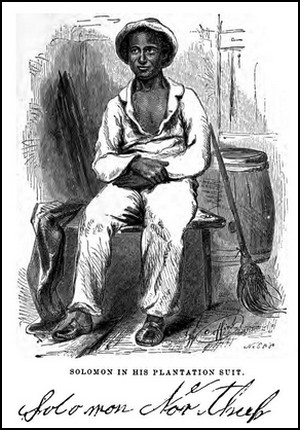 Like most of the world, I had no idea this book even existed before the movie about the New Yorker kidnapped into slavery came out. When I saw the movie, I was moderately less impressed than some but I left the theater with two basic questions: was the book an actual memoir and how close did the movie track it? As I poked around the internet, I encountered no suspicion that either Solomon Northup or the story he told were fiction which made the answer to the first question “yes”. I then located a free PDF copy of the book and set out to answer the second question myself. I had my doubts as I read the book’s early pages but it became apparent before too long that that answer was “very close”.
Like most of the world, I had no idea this book even existed before the movie about the New Yorker kidnapped into slavery came out. When I saw the movie, I was moderately less impressed than some but I left the theater with two basic questions: was the book an actual memoir and how close did the movie track it? As I poked around the internet, I encountered no suspicion that either Solomon Northup or the story he told were fiction which made the answer to the first question “yes”. I then located a free PDF copy of the book and set out to answer the second question myself. I had my doubts as I read the book’s early pages but it became apparent before too long that that answer was “very close”.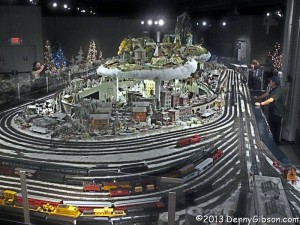

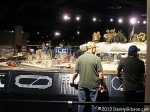
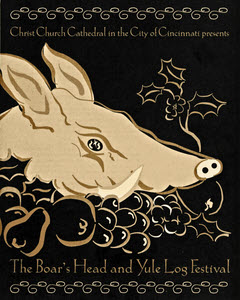 3. Boar’s Head Festival – 1940
3. Boar’s Head Festival – 1940
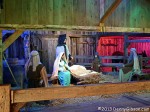
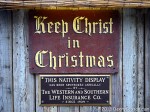





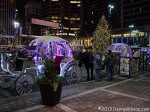
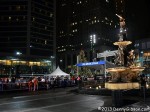
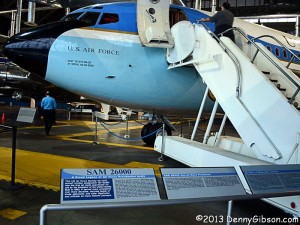

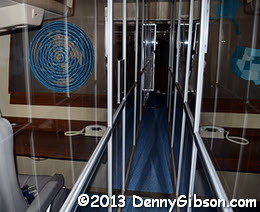

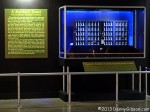
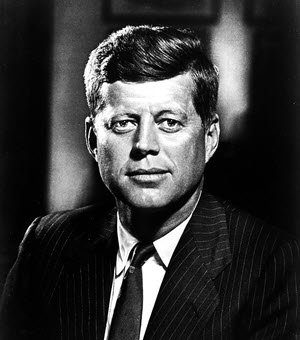 On this day fifty years ago I was a high school junior. I do not even remember most of the day and some that I do remember is foggy and questionable. I remember some very small pieces all too well. I remember going to my chemistry class and taking a seat in the second or third row. It was the rightmost seat facing the teacher’s desk and the wall of blackboards. My memory is that the principal, Mr Pawlowski, entered before class actually started and gave us the news though it might have come from Mr Conrad, the instructor. In my memory, Mr Pawlowski quickly moved on to personally deliver his message in other classrooms so that every student heard the same version. It is logical and might indicate how important he thought the message — and its uniform delivery — was but I cannot be certain that my memory is accurate. The message was, of course, “The President has been shot.”
On this day fifty years ago I was a high school junior. I do not even remember most of the day and some that I do remember is foggy and questionable. I remember some very small pieces all too well. I remember going to my chemistry class and taking a seat in the second or third row. It was the rightmost seat facing the teacher’s desk and the wall of blackboards. My memory is that the principal, Mr Pawlowski, entered before class actually started and gave us the news though it might have come from Mr Conrad, the instructor. In my memory, Mr Pawlowski quickly moved on to personally deliver his message in other classrooms so that every student heard the same version. It is logical and might indicate how important he thought the message — and its uniform delivery — was but I cannot be certain that my memory is accurate. The message was, of course, “The President has been shot.”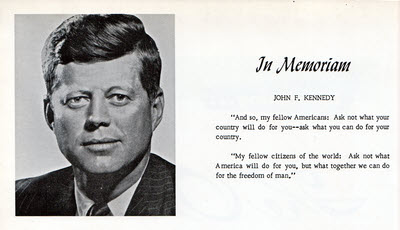 President John F Kennedy was officially pronounced dead at 1:00 PM CST; The same time as the posting of this article. The scan at left is of an introductory page of my high school’s 1964 yearbook. I imagine something similar appeared in the yearbooks of thousands of schools across the country. I believe the picture is a closely cropped version, with the background removed, of the official one at the beginning of this article.
President John F Kennedy was officially pronounced dead at 1:00 PM CST; The same time as the posting of this article. The scan at left is of an introductory page of my high school’s 1964 yearbook. I imagine something similar appeared in the yearbooks of thousands of schools across the country. I believe the picture is a closely cropped version, with the background removed, of the official one at the beginning of this article.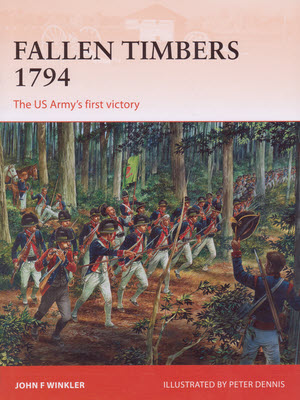 Everyone loves a winner and, in 1794, the United States Army finally became one. In his earlier work,
Everyone loves a winner and, in 1794, the United States Army finally became one. In his earlier work, 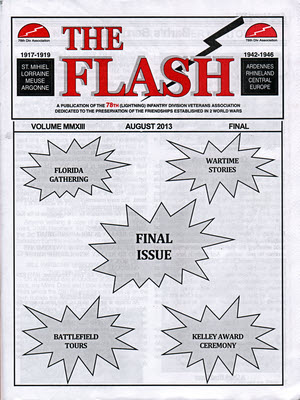 This Flash is not a fleet-footed tights-wearing superhero. It is, or was, a publication, though saying it was about superheroes would not be wrong. The Flash‘s banner reads “A publication of the 78th (Lightning) Infantry Division Veterans Association dedicated to the preservation of the friendships established in 2 world wars”. The association is disbanding. There just aren’t that many friendships to preserve anymore.
This Flash is not a fleet-footed tights-wearing superhero. It is, or was, a publication, though saying it was about superheroes would not be wrong. The Flash‘s banner reads “A publication of the 78th (Lightning) Infantry Division Veterans Association dedicated to the preservation of the friendships established in 2 world wars”. The association is disbanding. There just aren’t that many friendships to preserve anymore. The
The 